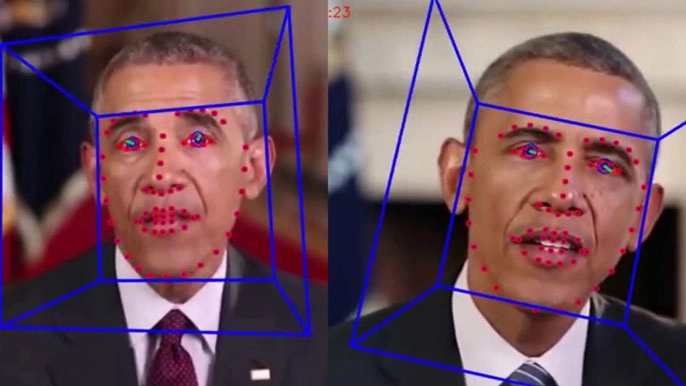Deepfake Technologies Can Steal Your Identity Even if You Don’t Use Generative AI

Generative AI has revolutionized technology, introducing remarkable innovations alongside new risks such as privacy breaches and identity theft. A particularly alarming threat is deepfake technology, where AI generates convincing fake videos or audio of individuals. Even if you don’t use AI platforms, deepfakes can still misuse your online data. Let's delve into how deepfakes work, how to detect them, and how to protect yourself from this emerging threat.
The Threat of Deepfakes
Deepfakes use AI to create hyper-realistic videos and audio, making it appear that someone is saying or doing something they never did. These manipulations can lead to serious consequences, including identity theft, fraud, and defamation. For instance, a deepfake video of a CEO making false statements can tank a company's stock, or a deepfake audio clip of an individual can be used to authorize fraudulent transactions.
Real-Time Examples
- Political Manipulation: In 2018, a deepfake video of former President Barack Obama surfaced, created by filmmaker Jordan Peele to demonstrate the dangers of this technology. The video showed Obama saying things he never actually said, highlighting how deepfakes can be used to spread misinformation.
- Corporate Fraud: In 2019, a UK-based energy firm’s CEO was impersonated using deepfake audio to authorize a fraudulent transfer of €220,000. The AI-generated voice mimicked the CEO's accent and mannerisms, fooling the subordinate into complying.
How to Detect Deepfakes
Despite their sophistication, deepfakes can often be detected by paying close attention to specific details:
- Eye Blinking: Artificial videos often get blinking wrong. Watch for unnatural blinking patterns, as deepfakes sometimes fail to replicate natural eye movements.
- Mouth Movement: Check if the mouth movements sync correctly with the voice. Mismatched timing between the audio and lip movements is a red flag.
- Lighting and Shadows: Look for inconsistencies in lighting and shadows on the face or background. Deepfake algorithms may struggle to replicate natural lighting accurately.
- Facial Expressions: Notice if facial expressions seem rigid or emotionless. Inaccurate or overly mechanical expressions can indicate a deepfake.
- Video Quality: Spot distortions or visual inconsistencies around the face, hair, or background. These subtle anomalies often betray even high-quality deepfakes.
How to Protect Yourself from Deepfakes
To safeguard your digital identity against deepfakes, consider implementing the following strategies:
- Share with Care: Be cautious about personal info you post online. Adjust privacy settings on social media to limit access. Avoid sharing high-quality photos and videos that can be used to create deepfakes.
- Enable Strong Privacy Settings: Use robust privacy settings to control who sees your content. This reduces the risk of your images and videos being scraped from social media.
- Use Multi-Factor Authentication (MFA): Add an extra layer of security to your accounts. MFA can prevent unauthorized access even if your credentials are compromised.
- Create Strong Passwords: Use unique, complex passwords for different accounts and store them in a password manager. This practice helps protect your accounts from being hacked.
- Stay Informed: Keep up with AI and deepfake news to recognize potential threats. Staying aware of the latest developments helps you stay vigilant against new types of attacks.
Conclusion
The rise of deepfake technology presents significant challenges to personal privacy and security. By understanding how to detect deepfakes and implementing robust protective measures, you can better safeguard your digital identity. Stay vigilant, adopt these cybersecurity habits, and think critically about what you post online and who has access to it.
The fight against deepfakes is ongoing, but with informed and proactive steps, we can mitigate their impact and protect ourselves from this sophisticated form of digital deception.





Top comments (0)